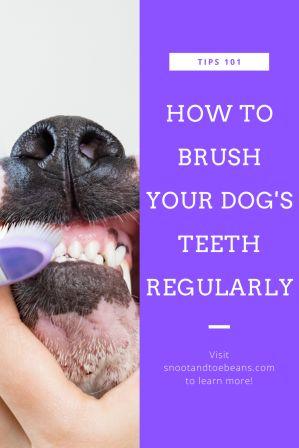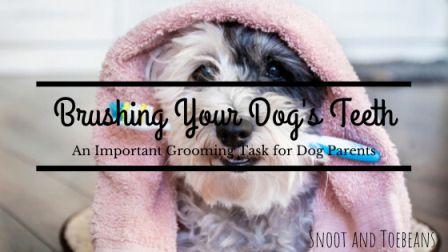Disclosure: My dog blog is supported by dog parents just like you. I only recommend products that I would use on my dogs. All opinions expressed here are my own. I sometimes earn a small affiliate commission, at no extra cost to you, when you click through the affiliate link and purchase something. You can read more about my affiliate policy here.
Brushing your dog’s teeth regularly is a great way to ensure sweeter kisses, as well as fresher breath. However, that sweet freshness isn’t the main benefit to brushing your dog’s teeth regularly; it is also a great way to keep his or her gums and teeth healthier and fight gum disease.
At Transit Animal Hospital, we understand how vital pet dental care really is. With good dental hygiene, your pet will live a longer, healthier, and happier life!
Transit Animal Hospital
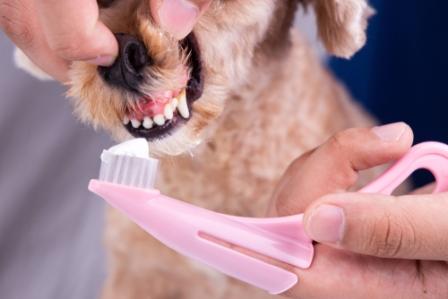
So, if you aren’t brushing your dog’s teeth regularly, February is the perfect month to begin. This month is National Pet Dental Health Month, plus it is Responsible Pet Owners Month. In addition, brushing your dog’s teeth regularly definitely ranks you as a responsible dog owner for sure!
Why is Brushing Regularly Important?
Above all, brushing your dog’s teeth regularly is a preventive approach. This approach can help fight against many common dental health issues, such as bad breath, plaque and tartar buildup, and periodontal disease.
It is estimated that two-thirds of dogs over the age of three have dental problems, mainly periodontal disease. In addition, periodontal disease is a term used to describe inflammation or infection of the tissues surrounding the tooth.
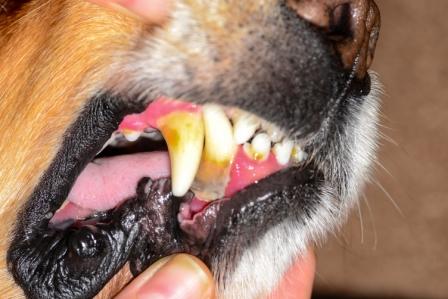
When this gum disease is left untreated, it can spread, causing infection in a dog’s mouth and gaining access to the bloodstream. Therefore, this leads to damage in their kidneys, heart muscle and liver. Other dental problems include tooth loss, mouth sores, and pain that limits the ability to eat.
Some signs of periodontal disease:
- Bad breath
- Broken or discolored teeth
- Tooth loss
- Red or swollen gums
- Difficulty chewing or eating
- Weight loss
- Drooling
- Tearing or swelling below one eye
- Nasal discharge
- Blood in saliva
Periodontal disease is the most prevalent disease in all dogs, but some breeds are at higher risk, says Dr. Donald Beebe, a veterinarian with Apex Dog and Cat Dentistry in Englewood, Colorado.
PetMD
PetMD posts a slideshow of eight breeds prone to periodontal disease.
How to Brush Your Dog’s Teeth Regularly
Okay, I know! Honestly, I DO know! You are busy, so making dental care a part of your dog’s daily routine is super challenging. You keep your teeth and gums healthy with regular brushing, so ideally you’d brush your dog’s teeth every day. Nonetheless, if you can’t manage that, it is understandable, so three times a week would be good.
What you will need to brush your dog’s teeth regularly:
- A correct sized toothbrush with medium bristles (medium and large dogs – adult sized human toothbrush; small dogs – child sized human toothbrush; toy or miniature dogs – small special pet toothbrush)
- Pet toothpaste (do not use human toothpaste)
- A quiet place without distractions
- Above all, a little time and patience
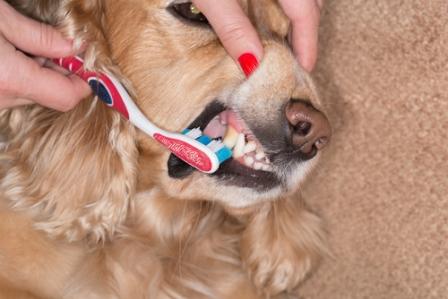
Tips on how to brush your dog’s teeth regularly:
- Brush in stages.
- Keep the sessions brief.
- Begin by using your fingers to touch the teeth and gums.
- Then, use a toothbrush to touch the teeth.
- Let your dog taste a bit of the toothpaste.
- After that, brush in circles slowly and gently along the gum line and teeth.
- Focus on outer surfaces, but if possible brush all of the teeth surfaces.
- Brush for 30 seconds on each side.
- In addition, praise your dog throughout and offer a reward when done. If you use a treat for a reward, check out out treat recipes under Dog Chef.
In Addition to Brushing Your Dog’s Teeth Regularly
The Veterinary Oral Health Council evaluates dental products for effectiveness. You can visit here for a list of plaque control products. Your veterinarian can help you decide which options are right for you and your dog.
Types of products that can help reduce plaque and tartar:
- Dental and teeth wipes
- Dental-formula dog food
- Oral-hygiene treats and enzymatic chews
- Dental-care water and food additives
- Oral gels, sprays and foams
- Textured, rope and floss chew toys
In Conclusion…
Unlike the hoomans, doggos will swallow the toothpaste, so always use dog toothpaste that can be found at any pet supply store. Dog toothpaste has flavors like bacon, beef, chicken, peanut butter and salmon.
There are several DIY toothpaste formulas on the internet with baking soda as an ingredient. Baking soda can cause digestive upset, so it is best not to use it. Also, don’t use human toothpaste. Some of the brands are high in sodium, which is unhealthy for your dog, and worse, some contain xylitol, which is toxic to dogs.
So, brushing your dog’s teeth regularly, whether daily or a few times a week, will give your dog a better chance at an overall happier life.
Regular brushing is just one important dog grooming task for dog parents. Trimming nails is another task that you can read about right here.
If you want to save this post to your Pinterest account, you can pin one of the following images.
